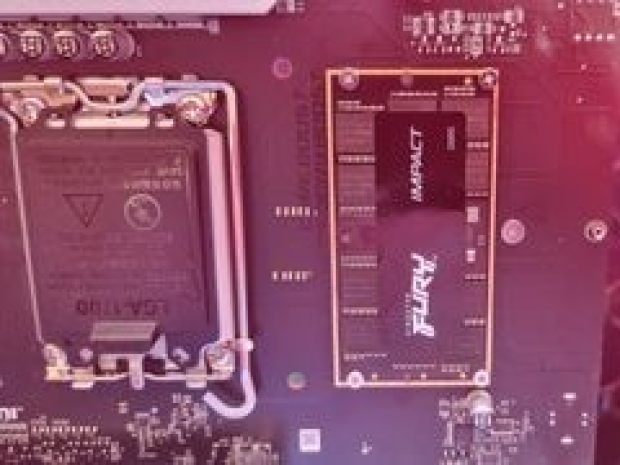Despite its modest beginnings, the CAMM standard is being heralded as a potential game-changer, thanks to MSI's support.
MSI recently showcased the second generation of this technology, CAMM2. The presentation offered a first look at a CAMM2 module integrated into a gaming PC, complete with a heatsink. This module, resembling a flat slab of memory, sits flush on the motherboard, akin to the heatsinks covering M.2 slots. Notably, a single CAMM2 module can support dual-channel memory, eliminating the need for two DIMM sticks.
MSI claims that CAMM2 outperforms DDR5 DIMMs, providing performance enhancements and cost reductions. Its simplified design, with shorter traces to the CPU, is said to enable higher clock speeds and lower latency. Additionally, CAMM2 addresses the issue of high-capacity DDR5 modules running at lower speeds than their lower-capacity counterparts.
CAMM2’s flat design offers practical benefits, such as improved airflow around the CPU cooler and reduced heat generation. Optional heatsinks, some featuring RGB lighting, will enhance the aesthetic appeal.
However, CAMM2 necessitates a significant change in motherboard design: relocating the 24-pin power connector to the top of the board. This adjustment, driven by the space requirements of CAMM2, may complicate cabling due to the thickness of the power cable.
As Intel's partners prepare to launch Z890 motherboards alongside Arrow Lake, CAMM2 is expected to make a notable debut in the PC market. While its availability on X870 motherboards for Zen 4/5 remains uncertain, MSI's endorsement suggests a promising future for CAMM2.
The downside is that the limited supply of CAMM2 desktop chips will likely result in higher prices than the already more pricey DDR5, and installation will require a screwdriver.




